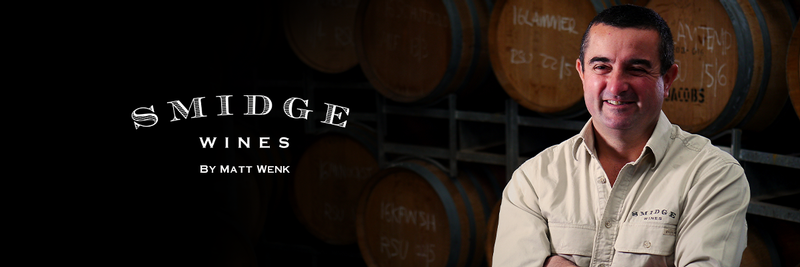Natural - accidental - authentic wines and vineyard expression (the sense of place)

Over the years, I have read articles, spoken to people and tasted wines associated with the natural (natty) wine movement and have slowly picked up a spectrum of knowledge that I keep in the back of mind during vintage and the winemaking process. Wine is a wonderful thing and whether you are associated with the industry or a consumer, trying different varieties and/or styles of wine is a fascinating experience. Over the years, I have tried a broad range of “natural” wines and many were memorable for the right reasons, while some unfortunately were not!
The three names appear in the heading because there is no universally accepted name or definition. “Natural” wine is the most common name, and a wine under this banner can be described as one that comes from fruit grown sustainably, picked at moderate sugar levels to avoid excessive alcohol, made with as little or no manipulations or additions as possible, be fault free and ultimately exhibit characters that only reflect their origin. It has been seen that a number of those who align themselves to this regime suggest that the wines made by other more “conventional” winemakers are not “natural”. Grapes by sheer definition are natural and so a resultant wine, too, should be described as natural. I agree that in some situations, with the use other processes/aids and the addition of other compounds, one may describe the resultant wine to be very different to what you may expect or for arguments sake, “unnatural”.
Myself, as a winemaker, like many others do strive to minimise our inputs during the winemaking process and therefore a number of Smidge’s wines have no major adulteration during the winemaking process, such as acid adjustment and only see sulphur dioxide at moderate to low rates of addition after primary fermentation (white wine) or malolactic fermentation (MLF, where malic acid is converted to lactic acid – red wines), which may occur several months after vintage and then a slight adjustment at bottling.
If fruit is picked in pristine condition at optimal ripeness, with good flavour and lively acidity, fermented cleanly, pressed off and put to physically and microbially clean oak, it is amazing how vibrant and clean a wine can be after a number of months without any SO2 addition to help protect against oxidation and microbial spoilage. Once MLF has completed, then I do rack the wines from barrel and add a moderately low level of SO2 to protect the wine. We have come this far, there is no point in ruining everything now.
Great wine is made in the vineyard and then as winemakers, we have two options, respectfully guide the fruit through the process maintaining quality or alternatively, just be lazy and ruin the wine, plainly and simply. I know which I prefer. As a winemaker, our goal should always be the methodical and intelligent nurture of the varying concentrations of site-specific compounds in the fruit to detectably pleasing compounds in the resultant wine.
Another suggested name for these type of wines is “authentic” wines, which leans towards the fact that the fruit used in these wines must have come from vines grown organically and/or biodynamically. I can appreciate this concept to a certain extent, although many vineyards, especially in warmer regions, are grown very closely to organic principles, producing high quality fruit (such as our own Willunga block) although the conversion to organic certification is never pursued due to the time required to do so or long term economic reasons. Therefore, these vineyards should not be dismissed as not being able to produce high quality wines.
At the end of the day, vineyard expression (terroir) and fruit quality is not necessarily related to minimal intervention. Healthy, balanced vineyards grown in desirable conditions will result in high quality fruit that expresses its origins, which in turn leads to wines with great varietal and site expression, when picked in the “optimal” window and made with consistent winemaking techniques. These techniques will be a mixture of those described as modern conventional and those based on Old World ideologies. The critical aspect (for me at least) is that all of the practices implemented are thoughtfully and carefully executed to maintain the purity of fruit and the sense of place, aided by the subtle additions of sulphur dioxide (SO2) at critical points of the winemaking process to minimise oxidation and chemical reaction that unnecessarily produce undesirable compounds. SO2 is produced naturally by yeasts during fermentation and subtle additions later in a wine’s life are not taboo. The majority of small to medium proiducers are very conscious of their winemaking and in this day and age health-conscious consumers, so they are not heavy handed with their SO2 additions. More commercial wineries, relying on more consistency of product do typically (not always) add higher rates of SO2, although the levels are not high in the scheme of things, especially compared to the levels used in the dried fruit industry.
All in all, no matter how you make your wine, if the fruit is high quality, in balance and in sound condition and the winemaker looks after it during fermentation and the wine during maturation, then the bottled product should be of high quality and a joy to drink. For the consumer, wine is objective, much like food, films, music, art etc. The list is long and these are the things that help the world go round.
Cheers
Matt
